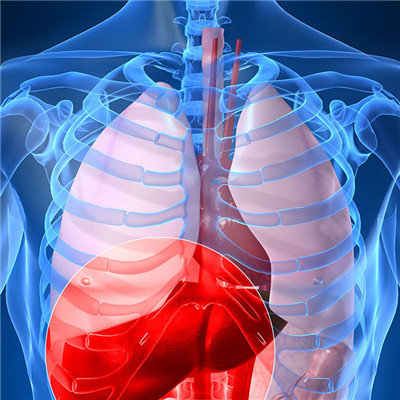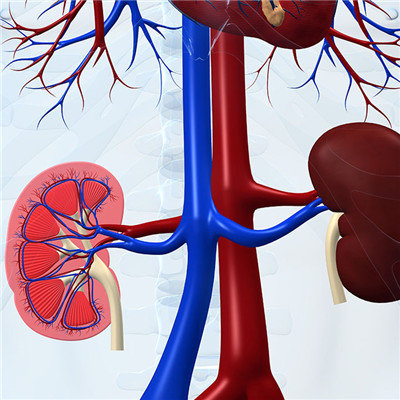What disease is rash of skin after fever?
summary
Skin rash after fever is a relatively easy situation for some infants, mainly because the children's immunity and resistance are not perfect, and they are vulnerable to various infectious diseases in daily life. Once the child has a rash after fever, it should be treated in time according to the cause of the disease. The following is to introduce what disease will be manifested as rash after fever.
What disease is rash of skin after fever?
Rosacea: children under three years old are prone to rosacea, which is also called children's rash in outpatient clinic. It is a common skin disease caused by virus infection, and "fever subsides rash" is a main feature of rosacea. Children's body temperature subsides after 3-5 days of repeated fever, but the body begins to appear rash centered on abdominal skin. The skin rash color is red or light red spot, papule, local around a ring of red halo, with the finger press these rashes can fade.

Chickenpox: Although there is a complete vaccination system for young children, children in some areas are not vaccinated on time. Therefore, chickenpox should also be considered when children have skin rash after fever. The early symptoms of chickenpox attack are similar to cold, which often makes it difficult for parents to distinguish. However, children with chickenpox have fever because their body temperature is not too high, After 1-2 days, the skin will itch, and some red spots, such as the size of rice grains, will appear. With the delay of time, these small red rashes will turn into blisters the size of soybeans or mung beans. The blisters will become turbid and sunken after 1-2 days, and dry, scab and improve after 3-4 days. Generally speaking, chickenpox is more distributed in the trunk of the child, and the number of limbs and head and face is less. At the same time, because the child's resistance is reduced after illness, it can be accompanied by papules, herpes and other complications.

Measles is a highly infectious viral disease, mainly characterized by fever, runny nose, cough, conjunctival congestion, oral mucosa and skin red spot papules; Complications such as pneumonia, laryngitis and encephalitis may occur; Severe cases can be fatal. Measles patients will sneeze, cough and other ways, the virus out of the body and infect the susceptible.

matters needing attention
To intake enough vitamins and minerals, such as vitamin D has antiviral ability. Foods rich in vitamin D include pakchoi, tomato vegetables, citrus, lemon and other fruits; Vitamin A can protect and enhance the function of upper respiratory tract mucosa and respiratory tract epithelial cells, which can resist the invasion of various pathogenic factors.














